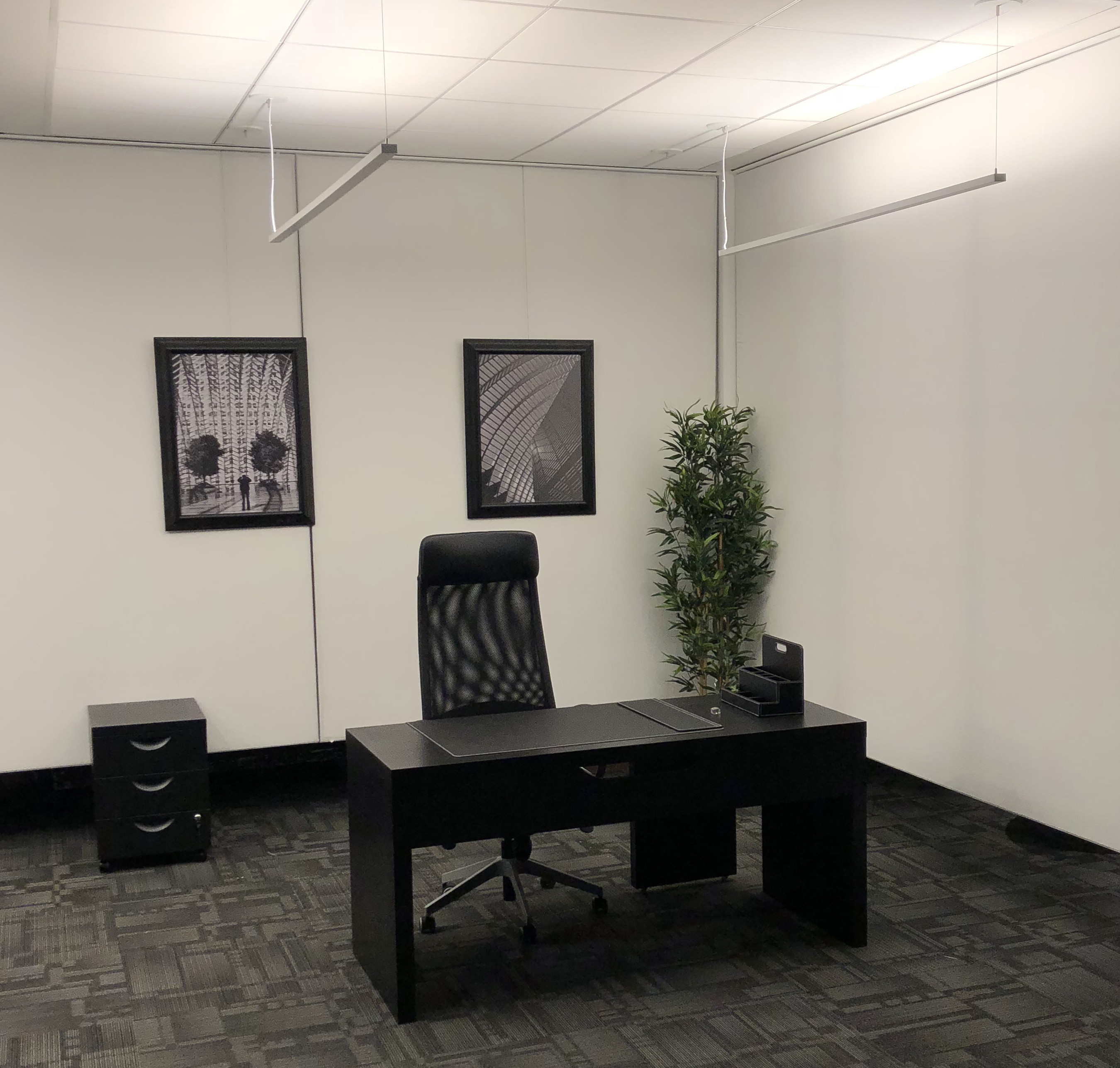Flexible Linear Lighting Options: A Checklist for Lighting Designers

What makes good lighting? Like many thing things, it depends—on what the environment is and what the desired effect is.
Because of varying challenges, lighting designers need flexibility from their lighting systems. The more flexible a lighting product, the more options the lighting designer has in creating the best possible atmosphere and mood for a space.
Highly versatile, linear LED lighting is great for highlighting architectural details in addition to meeting general lighting requirements and providing nice even lighting for many different kinds of space.
Linear Lighting: A Checklist for Lighting Designers:
Here are the flexible features that lighting designers look for in linear lighting solutions.
- Pendant mounted: Suspended linear lighting systems are efficient and attractive lighting solutions for a variety of applications, including office, retail, and hospitality spaces. They are capable of delivering light directly into the space or indirect delivery for comfortable, glare-free lighting, or both options.
- Custom lengths and standard sizes: For jobs that need to be done as quickly and cost-effectively as possible, having the option to use standard-sized lighting products with a high-end architectural look is the perfect solution. When there is a little more time or money for the project, made-to-measure lighting can make for truly spectacular results. Having both choices available gives the lighting designer more flexibility.
- Beautiful light: Indirect light is the most comfortable light for human eyes and it makes for very comfortable spaces and by bouncing the lighting off the ceiling, it gives a space the feel of higher ceilings.
- Compatible with other light systems: Sometimes, it’s handy to pair different linear lighting solutions together. For example, if one section of the space has closed ceilings that transition into open ceilings, transitioning the light from one to the next is important. Recessed families of linear products that carry the same aperture of pendent lighting can deliver very appealing designs. Compatibility between different families of lighting products allows for endless variations and design options.
- Outstanding light quality: LEDs’s ability to render colors have dramatically improved in recent years and linear lighting systems should be able to provide first-rate light conditions with eye-popping color. This is especially key in retail situations, where it’s critical for merchandise to look as good as possible.
- Remote LED drivers: LEDs need drivers, just as fluorescent lights need ballasts; however, the driver does not have to be in the fixture—it can be located in a convenient ceiling location, for example. For extreme versatility, pendent linear LED lighting can take advantage of remote drivers, allowing for fixtures with very slim profiles and the capacity to fit in very small spaces.
- Modern-styled fixtures: The most attractive linear lighting usually incorporates aesthetic styling into the fixtures. Less is definitely more in this case and the more minimalist the fixture, the more modern the environment will look.
- Available in different temperatures: Different projects call for creating different atmospheres. The warm coffee shop is different from a modern-styled computer store. Lighting designers need lighting that is available in different Kelvin temperatures to create different environments in different spaces.
- Long operating life: Top notch LED lighting systems can provide 50,000-100,000 hours of perfect lighting quality with very little depreciation. This delivers substantial maintenance savings, especially in high-ceiling applications where lifts are needed to perform maintenance.
- Energy efficient: Today’s LED lights are extremely energy efficient and offer end-users substantial power savings, as well as help to contribute towards any sustainability goals a customer may have.
- Available quickly: To keep construction projects on track, lighting designers need lights to be ready quickly. They can’t afford to wait around for weeks for lights to arrive.

